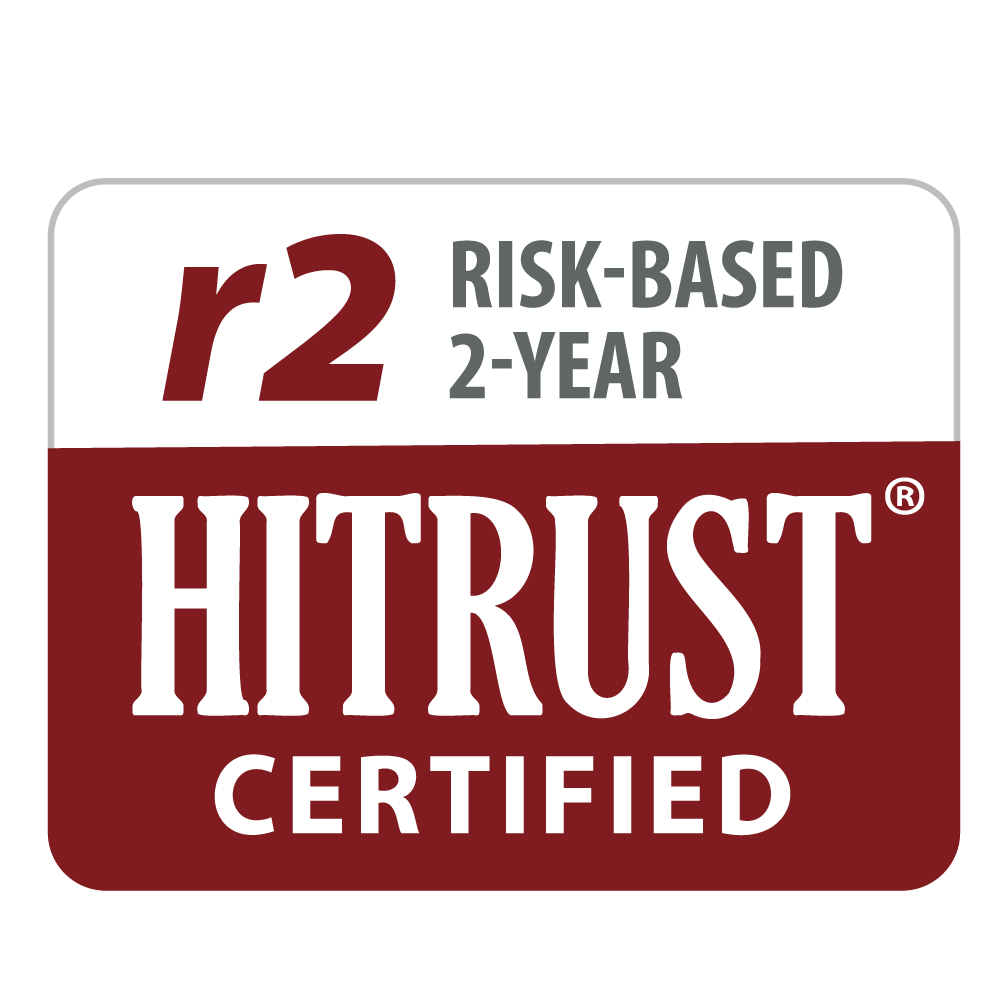What can the K-CAT® measure?
The modules below are available for immediate use in English and Spanish. Each have been validated and are available via our browser-based clinical portal or API integration. For additional information on the underlying science behind the modules, please read our academic press.
The K-CAT® offers paired, or linked, interviews for both the child and parent. A guardian, teacher, caregiver, or clinician can complete the parent interview. Paired interviews result in diagnostic classifications (i.e. probability of diagnosis) based on our modeling of K-SADS clinician diagnoses in our original validation study and is the recommended use of the K-CAT®. Because the diagnostic classifications are based on both the self-rating and parent’s rating of the child, they require that all ‘Paired’ tests are included (Child/Suicide Scale is optional) and are not available for individual Child or Parent interviews.
ANXIETY (CHILD AND PARENT)
The Anxiety module is a dimensional severity measure of anxiety symptomatology in the child, taking an average of 120 seconds to complete. For diagnostic predictions, the combination of the paired child and parent ratings is used to estimate the probability of a K-SADS diagnosis of generalized anxiety disorder (GAD) with AUC=0.83.
MANIA (CHILD AND PARENT)
The Mania module is a dimensional severity measure of mania/hypomania symptomatology in the child, taking an average of 78 seconds to complete. For diagnostic predictions, the combination of the paired child and parent ratings is used to estimate the probability of a K-SADS diagnosis of Bipolar I and II disorder with AUC=0.85.
ODD (CHILD AND PARENT)
The Oppositional Defiant Disorder (ODD) module is a dimensional severity measure of oppositional defiant disorder symptomatology in the child, taking an average of 64 seconds to complete. For diagnostic predictions, the combination of the paired child and parent ratings is used to estimate the probability of a K-SADS diagnosis of oppositional defiant disorder (ODD) with AUC=0.88.
ADHD (CHILD AND PARENT)
The ADHD module is a dimensional severity measure of attention deficit/hyperactivity disorder symptomatology in the child, taking an average of 109 seconds to complete. For diagnostic predictions, the combination of the paired child and parent ratings is used to estimate the probability of a K-SADS diagnosis of ADHD with AUC=0.86.
DEPRESSION (CHILD AND PARENT)
The Depression module is a dimensional severity measure of depression symptomatology in the child, taking an average of 82 seconds to complete. For diagnostic predictions, the combination of the paired child and parent ratings is used to estimate the probability of a K-SADS diagnosis of major depressive disorder (MDD) with AUC=0.92.
CONDUCT DISORDER (CHILD AND PARENT)
The Conduct Disorder module is a dimensional severity measure of conduct disorder symptomatology in the child, taking an average of 133 seconds to complete. For diagnostic predictions, the combination of the paired child and parent ratings is used to estimate the probability of a K-SADS diagnosis of conduct disorder (CD) with AUC=0.89.
SUBSTANCE USE DISORDER (CHILD)
The Substance Use Disorder (SUD) module has a diagnostic component, which substances are being used currently (past month), and an adaptive severity measurement component. The diagnostic component provides diagnoses of 10 different substance use disorders (SUDs) for children/adolescents: alcohol, marijuana, nicotine, opioids, cocaine, amphetamines, hallucinogens, inhalants, sedatives, and over the counter medications such as cough syrup or Imodium. The adaptive SUD severity component provides a crosswalk between substance use and mental health symptoms (depression, anxiety, PTSD), social supports and risky behaviors. It can detect SUD risk in youth who have not yet started to use substances or refuse to admit that they are. The severity measure describes the impact of the specific SUD diagnoses, on the person’s current life.
PTSD (CHILD)
The PTSD module is a dimensional measure of childhood trauma severity based on a modification of the Child PTSD Symptom Scale for DSM-5 (CPSS-5), a measure of Post-Traumatic Stress Disorder (PTSD) for traumatized youth based on DSM-5 criteria. The test can be adaptively administered using an average of 6 items and maintains a correlation of r=0.98 with the total 20 item test score. The measure is reported on a 100 point scale with 5 points of precision. The thresholds are below 55 for No Evidence of PTSD, 55-70 for Possible PTSD, and above 70 for PTSD Definite or Highly Likely.
REFERENCE ARTICLESUICIDE (CHILD)
The Suicide module is a dimensional severity measure of suicidal ideation and behavior in the child, based on the child’s self-ratings, and taking an average of 96 seconds to complete. AUC=0.996 for clinician rated (Columbia structured clinical interview) suicidal ideation or worse.

